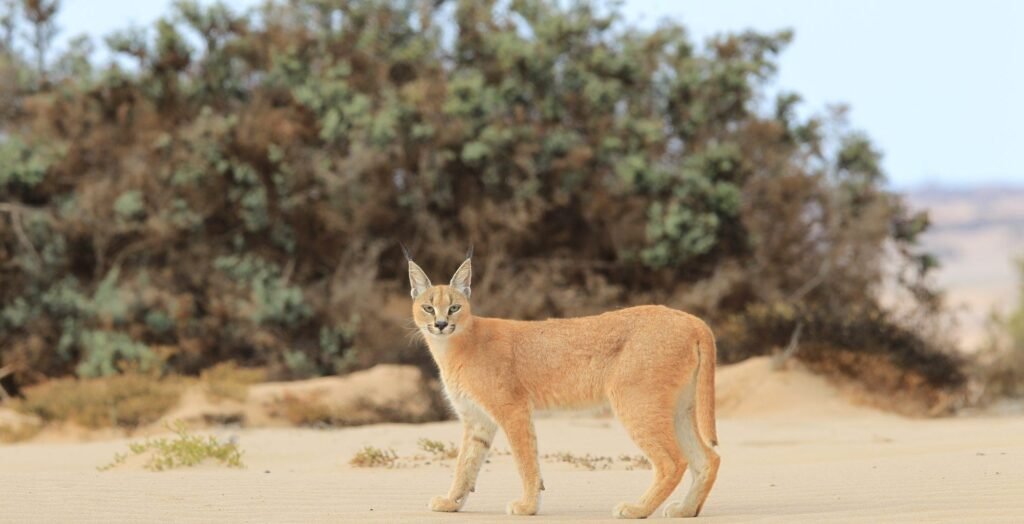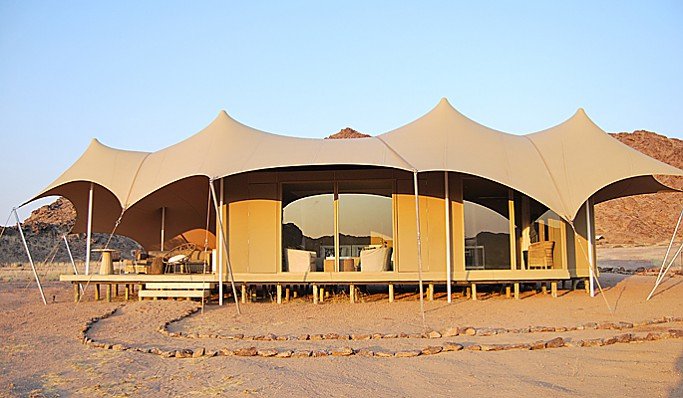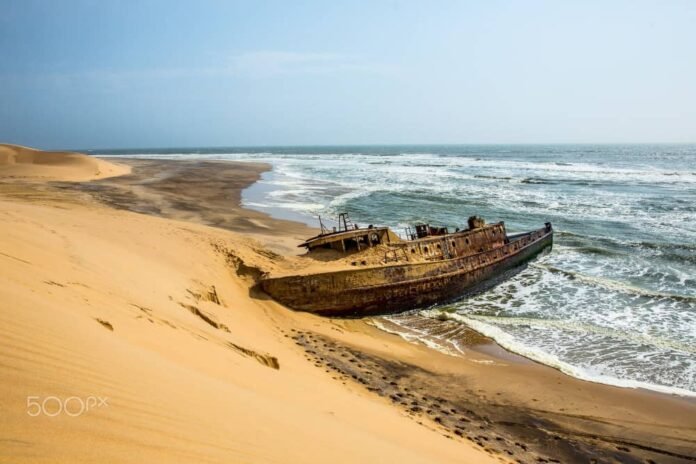By Rostelie Mavoungou – Francophone Liaison, Global African Times
Namibia is located in Southern Africa
It shares land borders with Angola to the north, Zambia to the northeast, Botswana to the east, and South Africa to the southeast and south. Its western border is the Atlantic Ocean. Namibia has a total area of 824,290 square kilometers (approximately 318,260 square miles). It is the world’s thirty-fourth largest country by land area. As of the latest data, the population of Namibia is approximately 2,635,971 people. The country is one of the most sparsely populated in the world. The capital of Namibia is Windhoek.
Fun fact, Windhoek means the windy corner; it is located in central Namibia in the Khomas Highland plateau area, at around 1,700 meters (5,600 feet) above sea level, almost exactly at the country’s geographical center. Today’s adventure takes us exploring Namibia’s Enigmatic Skeleton Coast .
The Skeleton Coast, located along the northern part of the Atlantic coast of Namibia, is a place of stark beauty, haunting history, and otherworldly landscapes. Stretching from the Kunene River to the Swakop River, this remote and unspoiled wilderness is a must-visit for adventurous travelers seeking an unforgettable experience.

The name “Skeleton Coast” has a mysterious allure, conjuring images of shipwrecks, desolation, and ancient bones. It derives from the whale and seal bones that once littered the shore, remnants of the whaling industry and the countless shipwrecks caused by offshore rocks and dense ocean fogs. More than a thousand vessels of various sizes dot the coastline, including famous wrecks like the Eduard Bohlen, Benguela Eagle Otavi, Dunedin Star, and Tong Taw.
The Skeleton Coast is a land of contrasts. Here, the cold Benguela Current meets the dune-covered desert landscape, creating an otherworldly scene. The indigenous San people, formerly known as Bushmen, referred to this region as “The Land God Made in Anger,” while Portuguese sailors ominously called it “The Gates of Hell.” The climate is inhospitable, with heavy surf crashing onto the beaches and annual rainfall rarely exceeding 10 millimeters. The winds blow from land to sea, perpetuating the desolation.

Despite its harsh conditions, the Skeleton Coast is home to unique wildlife. Seals, seabirds, and desert-adapted elephants roam the area. Visitors can take scenic flights over the coastline to witness the dramatic meeting of land and ocean. From the air, the shipwrecks, shifting dunes, and rugged terrain create a mesmerizing panorama. The Cape Cross Seal Colony, where thousands of Cape fur seals gather, is a highlight for wildlife enthusiasts.
The Skeleton Coast offers excellent fishing opportunities. Anglers can try their luck at catching fish like galjoen, steenbras, and kob. The thrill of reeling in a fish against the backdrop of shipwrecks and sand dunes is unparalleled. Join guided tours to explore the coastline, learn about its history.
The Writer is Rostelie Mavoungou – Head of Francophone Liaison for Global African Times
Source:
Skeleton Coast – Wikipedia.
https://www.info-namibia.com/info/namibias-geography
https://en.wikipedia.org/wiki/Skeleton_Coast.
https://www.tripsavvy.com/the-top-things-to-see-on-namibia-s-skeleton-coast-4138314.
https://visitafrica.site/phone/skeleton-coast-park.html




